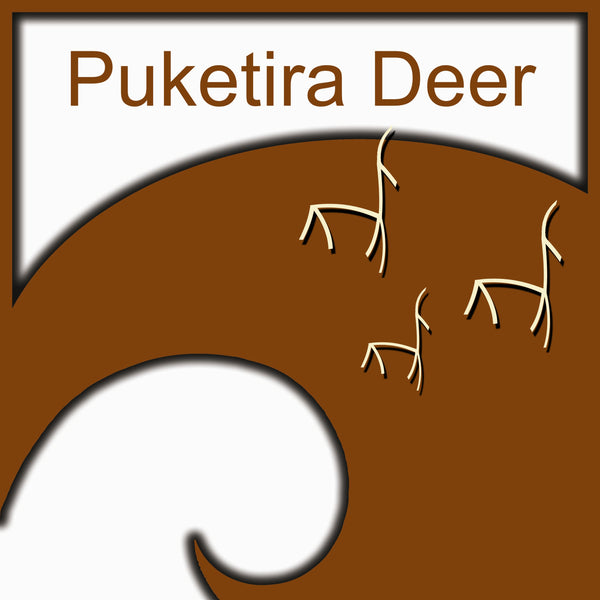September 2016
Share
Spring has sprung and so begins the first of the very busy months leading up to Christmas! The weather has been kind and lambing appears to have gone well apart from a short sharp cold windy storm that brings 38mm rain on the 8th September – just at the end of the first lambing cycle. The rain is most welcome and we think overall lamb losses have been minimal but only the docking tally will confirm that.
The venison rising yearling deer are now growing at 326 gm/day on paddocks of annual ryegrass. We select our first draft of tender, succulent, melt in your mouth, pasture fed venison – a mix of the heaviest animals, and some that are lighter but growing at a below average daily gain. The net result is a 58.3 kg carcase at the end of September – a result we are very satisfied with especially as these are straight red deer, and the first draft also included some hinds that were over 50kg carcase weight. The best animals retained are growing at 400-500 grams per day. We will keep them for another month and take them over 60 kg carcase weight. This is exciting!
The main mob of hinds finally finished their silage – after 140 days, It has cost us approximately 40 cents/head/day to winter. This has been an incredible game changer for us. As they finally leave the stack and are introduced back onto grass they are in great condition and very content.
September sees us TB test 43 2 & 3 yr old red stags that we have bred as venison sires. We hope to sell the 3 year olds as sires later in the season so they are blood tested for Johnes at the same time. There is no incidence of TB observed so we are not required to test for a further 2 years. This is huge progress and a great saving for all deer farmers in our area, largely due to the very low incidence of wild animals as vectors eg ferrets and opossums. The TB tester compliments us on how well they stags have wintered and how good their temperament is.
September is spent spraying out paddocks for pasture renewal and direct drilling – Monty barley for cereal silage, red and white clovers with Titan rape as a summer feed crop for lactating hinds and our permanent pasture mix of prairie grass and Lucerne.
The lambs are doing well and after an initial start just tailing the singles and some smaller twin mobs each Saturday we suddenly come to the realisation that what is still to be tailed how now got quite heavy to pick up, and very boisterous. So a big push is and the remaining 50% are tailed on the last day of September. During the winter Thomas made some modifications to the portable tailing yards including the addition of new lightweight alloy gates to replace the older heavy steel ones. This is a great success and the taller panels also stop as many lambs from jumping out!
Rainfall in September is just above average – aided by a thunder storm that delivered 8mm in 20 minutes to the front half of the farm. While the back of the farm where I was drilling received none.
However, the place is looking a picture and all stock are doing extremely well. Its great to be able to fully feed stock again.
